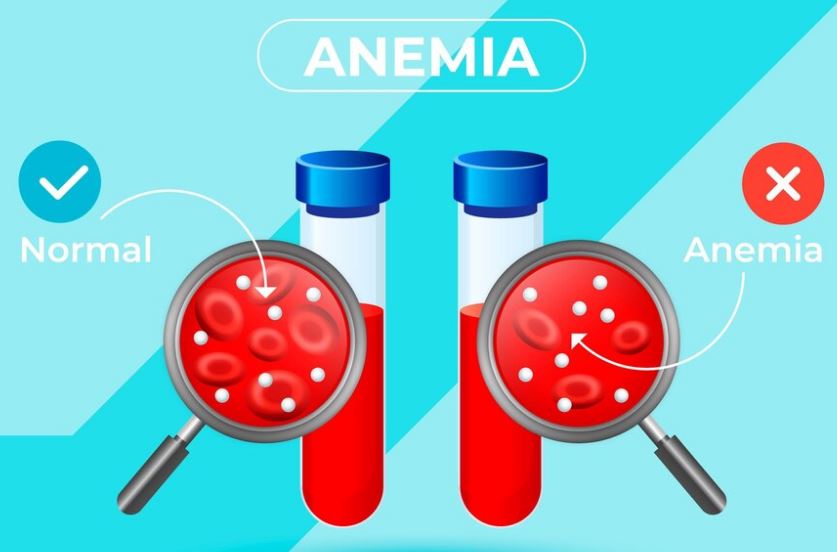
Few terms are as misinterpreted—or as important to define—in the context of genetic blood disorders as sickle cell disease and sickle cell anemia. On the surface, they sound remarkably similar, and both patients and the media frequently use them interchangeably. But knowing the difference between these two terms is especially crucial in the medical field, where every little detail can affect results.
Practically speaking, sickle cell disease (SCD) is the general term for a collection of hereditary disorders that impact the function of red blood cells. Conversely, sickle cell anemia (SCA) is the most prevalent and severe type of SCD. Consider it as the difference between a category five hurricane within a storm system and the storm system as a whole. Both are dangerous, but one strikes more frequently and with greater force.
| Category | Sickle Cell Disease (SCD) | Sickle Cell Anemia (SCA) |
|---|---|---|
| Definition | A group of inherited blood disorders that affect hemoglobin | The most severe form of SCD caused by two HbS genes |
| Cause | One sickle gene + another abnormal hemoglobin gene | Two sickle cell genes, one from each parent (HbSS) |
| Symptoms | Variable: pain crises, infections, organ damage | Severe anemia, frequent pain crises, high risk of stroke |
| Genetic Type | Includes HbSC, HbSβ-thalassemia, etc. | Homozygous sickle cell anemia (HbSS) |
| Prevalence | ~7.7 million affected worldwide | Most common SCD subtype |
| Diagnosis | Blood test (hemoglobin electrophoresis, newborn screening) | Same methods, with focus on identifying HbSS |
| Reference | Cleveland Clinic | NHLBI – NIH |
One diagnosis, two genes, and a lifetime of effects
In other words, not all people with sickle cell disease have sickle cell anemia, but everyone with sickle cell anemia has sickle cell disease. When a person inherits two mutated copies of the hemoglobin S gene, one from each parent, SCA results. Due to the increased frequency and severity of red blood cell deformation brought on by this double dose, chronic anemia and a host of other problems, ranging from excruciating pain episodes to the possibility of an early stroke, develop.
However, individuals with other types of sickle cell disease (SCD) might only inherit one HbS gene and another aberrant form, like beta-thalassemia or HbC. Although they still have significant health issues, their symptoms are typically less severe and more intermittent. It’s similar to contrasting a malfunctioning engine that sputters once in a while with one that never starts at all; both require repair, but the urgency is different.
Why This Is More Important Than You May Imagine
Knowing a person’s specific type of sickle cell disease (SCD) can literally alter their prognosis in the field of public health, particularly in Sub-Saharan Africa, the Middle East, and parts of India. Routine blood transfusions, hydroxyurea treatment, and early stroke prevention intervention are remarkably effective for an individual with SCA. Others may find that customized management is just as strategic but more cautious.
By identifying the precise diagnosis, medical professionals can foresee issues and allocate resources appropriately. Newborn screening programs have significantly increased early diagnosis rates over the last ten years, enabling the start of treatments before symptoms worsen.
New Therapies: An Innovation-Driven Future
On the plus side, sickle cell care is moving from response to prevention—and possibly even cures. There is genuine hope thanks to recent developments in stem cell therapy and CRISPR gene editing. Even though these treatments are still costly and not yet available everywhere, early trials are already revealing some very creative results. They are changing the narrative to focus on long-term recovery rather than lifelong management.
In order to help people with sickle cell trait (carriers) make better reproductive decisions, nations like the US and the UK have also increased their public health education campaigns in recent years. It’s a long overdue step toward science-based and compassionate community-led advocacy.
The Significance of Names and Details
Sickle cell disease and sickle cell anemia have been used interchangeably without enough differentiation for far too long. However, words are important in both life and medicine. When a child is diagnosed with SCA instead of another type of SCD, treatment plans, insurance coverage, and long-term care arrangements are altered.
It will be crucial to comprehend these subtleties in the upcoming years as gene therapies become more widely available and customized treatments develop. With the correct information and resources, we are empowering patients and changing their futures rather than merely curing a disease.
